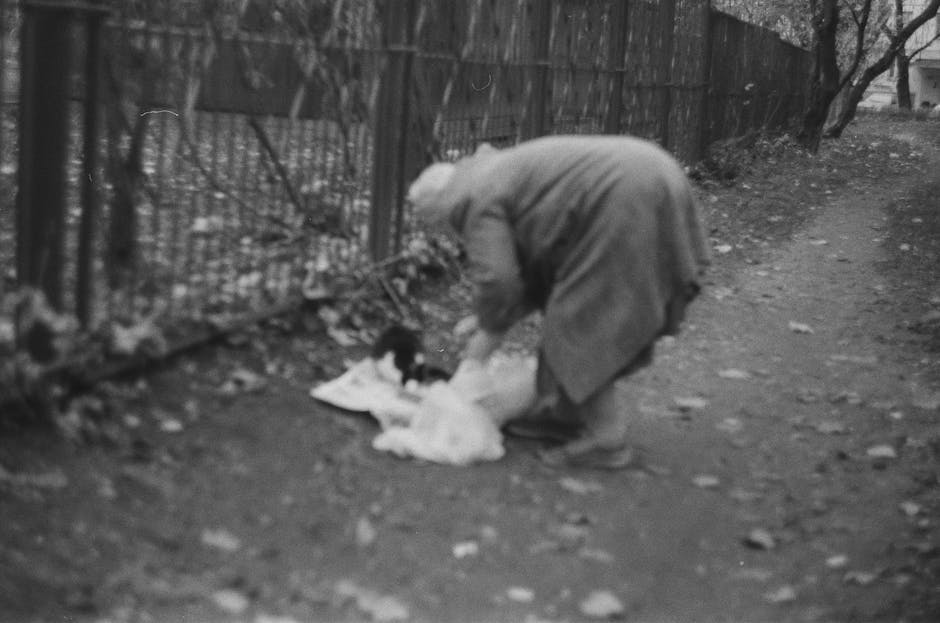Tips for Transitioning Back to Daily Life
As we navigate through life, we often encounter periods of change and transition. Whether it’s returning to work after a vacation, adjusting to a new routine after a major life event, or simply getting back into the swing of things after a period of upheaval, transitioning back to daily life can be a challenging process. In this comprehensive guide, we will explore some valuable tips to help you navigate this transition with grace and ease.
The Importance of Transitioning Back to Daily Life

Transitioning back to daily life is a crucial aspect of maintaining our overall well-being. When we experience a disruption to our routine, it can impact our mental, emotional, and physical health. Failing to effectively transition back to our daily lives can lead to feelings of stress, overwhelm, and burnout. By implementing the right strategies, we can ease this transition and set ourselves up for success.
Understanding the Transition Process

Transitioning back to daily life is a process that involves adjusting to new circumstances, re-establishing routines, and finding a sense of balance. It’s normal to feel a range of emotions during this period, including anxiety, frustration, and uncertainty. By acknowledging and accepting these feelings, we can begin to work through them and move forward.
One key aspect of the transition process is setting realistic expectations for ourselves. We may not be able to immediately jump back into our pre-transition routine at full speed, and that’s okay. It’s important to give ourselves time to readjust and gradually ease back into our daily responsibilities.
Creating a Transition Plan

One effective way to facilitate the transition back to daily life is to create a transition plan. This plan can help you outline the steps you need to take to get back on track and identify any potential challenges you may face along the way. Consider setting specific goals for yourself and breaking them down into manageable tasks to make the process more achievable.
It can also be helpful to establish a routine that supports your transition. This might include setting aside time for self-care activities, prioritizing tasks based on their importance, and creating a schedule that allows for both work and relaxation.
Practicing Self-Care

During times of transition, it’s essential to prioritize self-care. Taking care of your physical, mental, and emotional well-being can help you navigate the challenges of transitioning back to daily life more effectively. Make time for activities that nourish your body and soul, such as exercise, meditation, and spending time with loved ones.
It’s also important to pay attention to your thoughts and feelings during this time. Practice mindfulness and self-reflection to gain insight into your emotions and behaviors. By being aware of how you’re feeling, you can better address any issues that may arise during the transition process.
Seeking Support
Transitioning back to daily life can be a daunting task, but you don’t have to go through it alone. Reach out to friends, family members, or colleagues for support and encouragement. Talking to others about your experiences can help you gain perspective and feel less isolated during this time of change.
If you’re struggling to cope with the transition, don’t hesitate to seek professional help. A therapist or counselor can provide you with valuable guidance and support as you navigate this challenging period. Remember, asking for help is a sign of strength, not weakness.
Staying Flexible and Adaptable
As you transition back to daily life, it’s important to remain flexible and adaptable. Things may not go according to plan, and unexpected challenges may arise along the way. Instead of getting discouraged, view these obstacles as opportunities for growth and learning.
Practice resilience and problem-solving skills to overcome challenges and setbacks. Remember that setbacks are a natural part of any transition process, and they can ultimately help you build strength and resilience for the future.
Celebrating Your Progress
Finally, don’t forget to celebrate your progress as you navigate the transition back to daily life. Acknowledge the small victories along the way and take pride in how far you’ve come. By recognizing your achievements, no matter how small, you can boost your confidence and motivation to continue moving forward.
Remember, transitioning back to daily life is a journey, not a destination. Be patient with yourself, practice self-compassion, and trust in your ability to adapt and thrive in the face of change. With the right mindset and strategies in place, you can successfully navigate this transition and emerge stronger and more resilient on the other side.
Conclusion
To wrap things up, transitioning back to daily life is a process that requires patience, self-care, and support. By creating a transition plan, practicing self-care, seeking support, staying flexible, and celebrating your progress, you can navigate this period of change with grace and resilience. Remember, transitions are a natural part of life, and by embracing them with a positive mindset, you can emerge stronger and more empowered than ever before. Here’s to your successful transition back to daily life!




